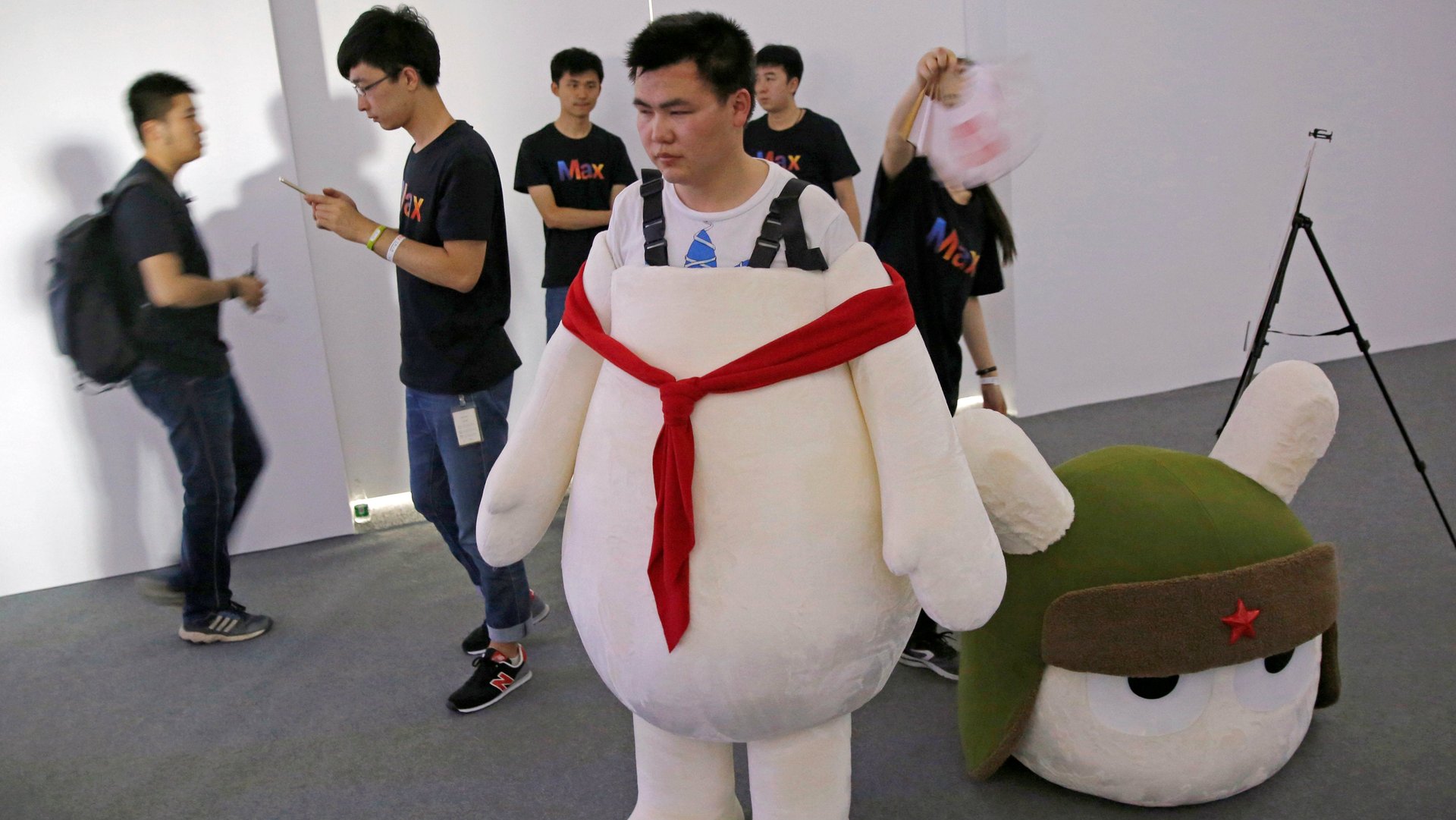Xiaomi’s once-admired strategy for winning China’s smartphone market has backfired
Xiaomi was once China’s hottest phone maker, with a business model that was the envy of the industry. But now all that has changed.


Xiaomi was once China’s hottest phone maker, with a business model that was the envy of the industry. But now all that has changed.
New data from research firm IDC reveals that Beijing-based Xiaomi is suffering from shrinking sales in China. Tellingly it has started to use the exact marketing tactics that it once shunned, but now must use in order to catch up to rivals.
Xiaomi is still one of the country’s most popular phone brands, with a market share of 9.5% when measured by shipment volume, putting it in fourth place.
But overall shipment volumes are shrinking rapidly. Competitors Oppo and Vivo grew at a whopping 124% and 74% year-on-year this past quarter, while shipments of Xiaomi units decreased by almost 40%.
Oppo and Vivo have grown in China by using the exact tactics that Xiaomi once avoided. Both companies (which operate independently despite sharing a common investor) spend heavily on offline advertisements and celebrity endorsements, plastering billboards on subways and bus stops across China’s second- and third-tier cities. They also work closely with brick-and-mortar stores that have special relationships with the company.
Xiaomi once touted its avoidance of advertising as one of the keys to its early success—saving money on commercials helped keep the overall price of the phones lower. Instead, it relied on its upper executives and its “fans” to spread the word and attract new customers through social media.
But new pressure from rivals has caused the company to change course. All over China, one can now easily spot ads—in buses, subways, and malls, for example—declaring Xiaomi’s Redmi model as “the people’s smartphone.” Minor TV stars Wu Xiobo and Liu Shishi have signed on as spokespeople for the brand.
Apple is also suffering from shrinking sales in China, but it’s in a much safer position financially than Xiaomi because its devices sell at a much higher profit margin.
For Xiaomi, shrinking sales are a dire concern. The company’s $46 billion valuation rests partly on its ability to get phones into as many consumers’ hands as possible, in order to make money from software, apps, and advertisements. If it can’t do the first thing well, the second will be much harder.